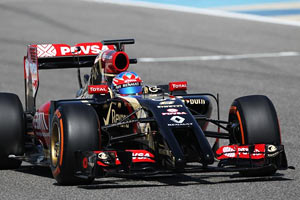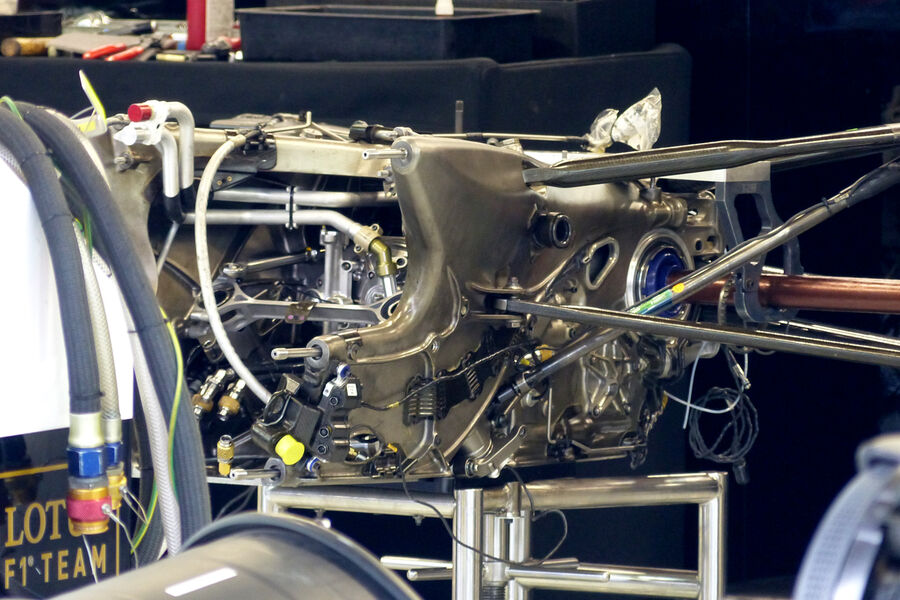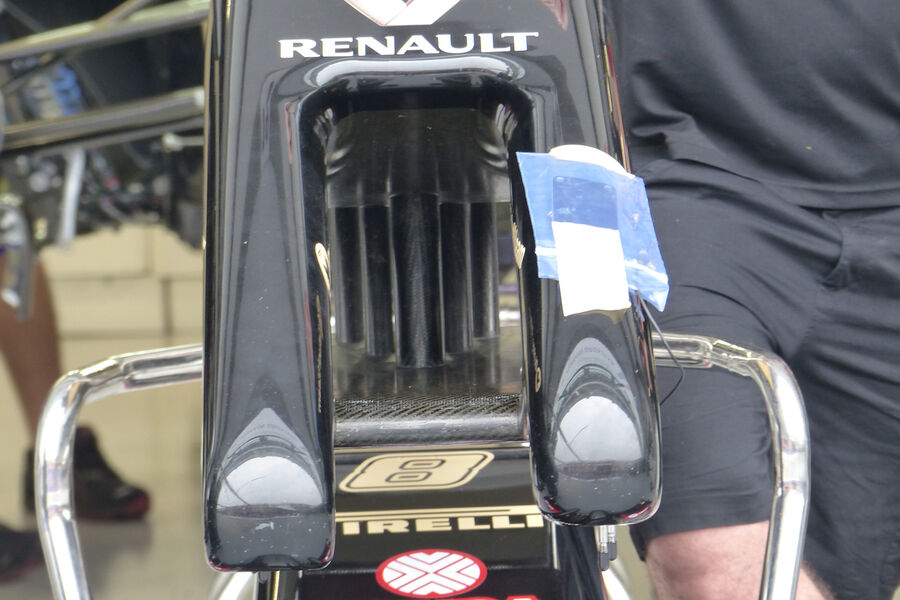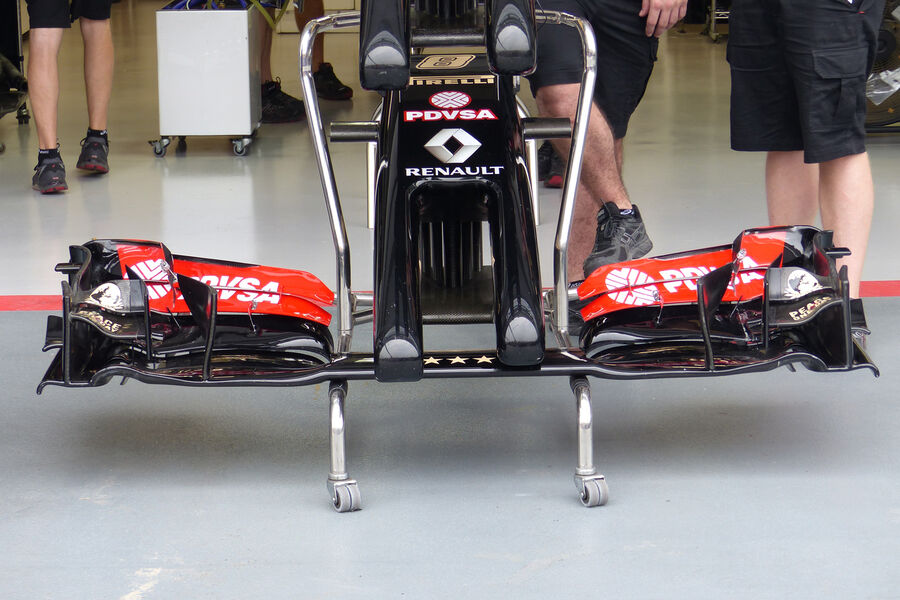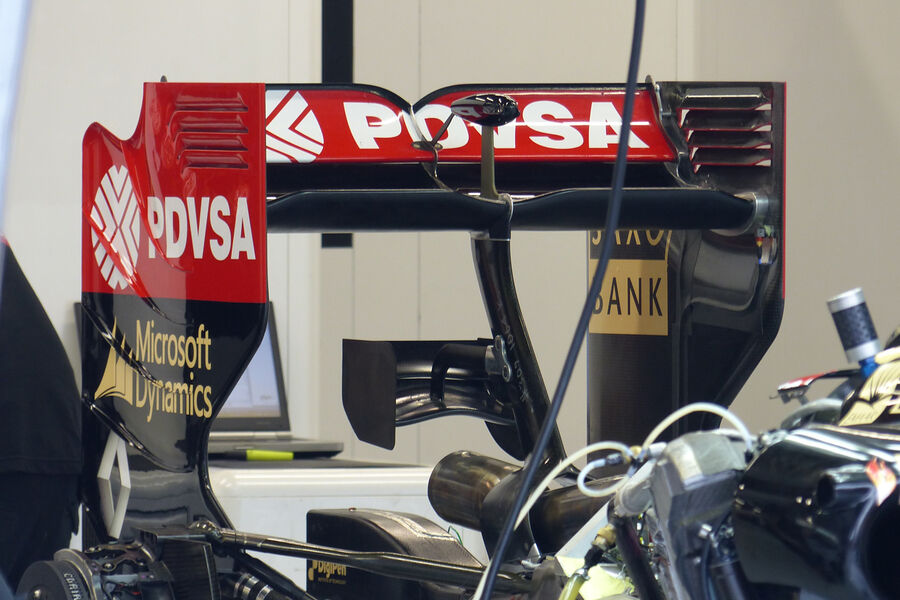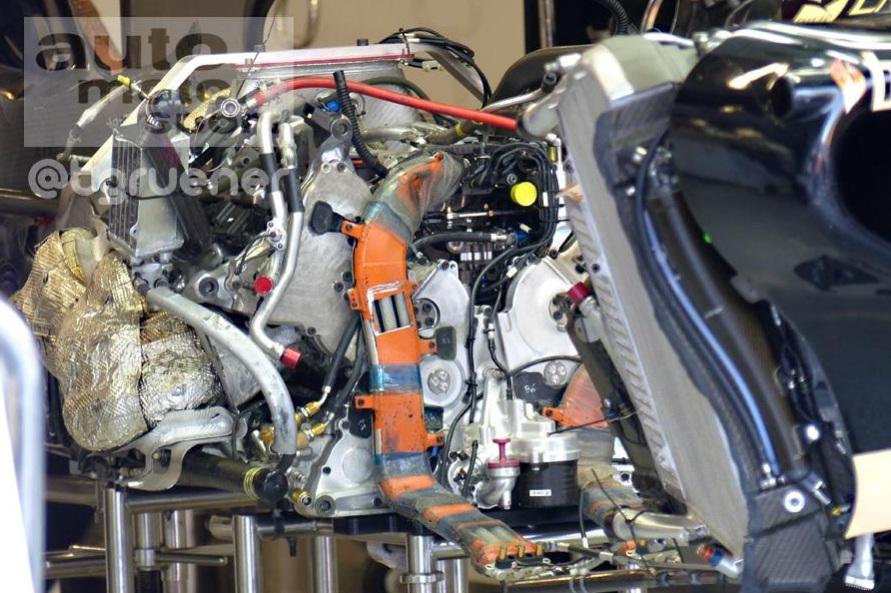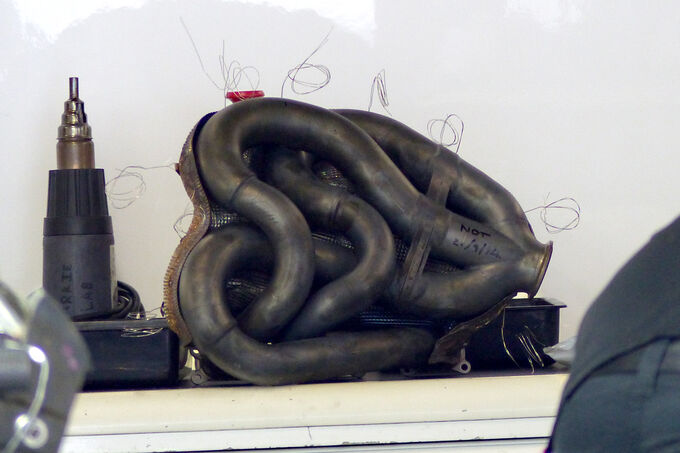chuckdanny wrote:"No offence to the team because it has been the case for three years, but with the blown diffuser on the car and more downforce on the car we had before it was invisible to everyone. When it is invisible you don't know it, but with the new regulations and harder tyres and less downforce and the loss of the blown diffuser - everything that made us strong in the past - it is now our weakness"
this phrase from RG tends to prove that the problem doesn't come from the nose because it has been the case for 3 years and it was hidden by the level of downforce they had plus more mecanical grip from the tires, so we should look for something else.
It raises the question : "how do they know now that this aero instability from the floor was there too with the E20 and E21?
With the bunch of sensors they use, they didn't get the floor stalling on there screen?
With such a massively different nose this year (creating a substantial downwash with this steep underside right before the air intake of the floor, at least before they add this strange air filter) that create a very different condition for the air intake, they are able to sort this out and tell it's due to something else that already existed on the E20 and E21 ?
This air filter completly negate the effect ?
Or perhaps it just that realising the problem on the E22 they've gone back to the data of the year 2012 and 2013 realising that the floor finally wasn't working so well? So that this instability was of the order of 0.5 to 0.7% of aeroshift instead of the 2% for example so that it was not such a problem.
It seems like they had to give an answer to the boss for the problem and i'm not sure they really found it...
I mean, surely now they know the problem, floor stalling, but now they need a solution, which seems not that simple and maybe one of the holly graal they are all looking for... Newey!
The last sentence, "everything that made us strong in the past - it is now our weakness" seems related to the tires, they were gentle on tire and now you need to work them harder.
Lotus has been trying to explain the problem, without actually giving away any data to the competition. The end result is that we have several pieces of non-specific info, much like a puzzle where half of the pieces are missing. It's anyhow difficult to recreate the assembled puzzle.
I think RG's comment on the blown diffuser is interesting. He mentions the last 3 years: 2011, 2012 and 2013. He said that it masked the issues that are currently visible these days. But Lotus mostly didn't have a good history with EBD in the very first place!
-2011: Lotus (Renault) utilised Front Exit Exhausts:
http://scarbsf1.com/blog1/2011/02/01/re ... explained/
In the wind tunnel, it proved to be quite advantageous. However, development of it stalled very quickly. Renault also had overheating issues with it. Do note that while this solution was inferior to normal EBD due the latter having more overall performance and peak downforce, FEE was more stable.
-2012: Lotus was one of the few not running any coanda or semi-coanda ramps for much of the year. Again this misses out on downforce, but is more stable. They introduced a semi-coanda ramp in Korea, albeit relative simple compared to the competition. It did prove succesfull though:
http://www.formula1.com/news/technical/ ... /1015.html
2013: Lotus copied the full coanda ramp from Red Bull:
http://www.f1technical.net/f1db/cars/1000/lotus-e21. This too proved to be succesfull.
He's saying downforce surpressed the imbalances. EBD is foremost a low-speed downforce generator. So one could assume there were and are issues with the mechanical grip, masked off by downforce. However, 2012 does not fit in that picture.
An other piece of the puzzle is that it's structural: they can't fix it this year. Based on that, I can come up with two options:
-Either they are having pure aero issues with the floor and diffuser. Mclaren did last year, with the floor and diffuser stalling. However, mclaren was able to fix this! Near the end to the 2013 season they seemed to have cracked it, ending up with more downforce on the rear then they could possible extract from the front (a very rare given in modern f1). So maybe it's not the same problem.
-A reiteration of a point made earlier on, but there could be issues with the overall packaging. Too much weight either to the left or right side of the car could very much lead to instability. This could explain why they aren't able to get it fixed this year, but does not explain the relation to EBD.

